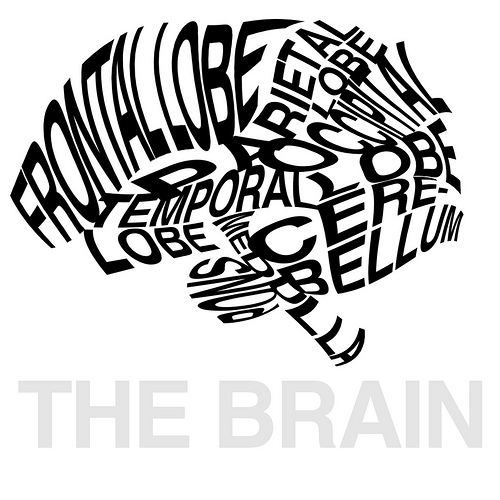“Everything can be taught in more than one way. Anything that is understood can be shown in more than one way.” – Howard Gardner
One important aspect of my learning in the MET program is applying theory into practice. In reference to my tree metaphor, this reflects the growth of the tree trunk over time (theoretical understanding) to support new branches and leaves (practical applications). I decided to use the Online Learning Conference group assignment to represent my learning in ETEC 512: Applications of Learning Theories to Instruction, because it challenged my understanding as a student by positioning me in the role of a content contributor as well as a discussion facilitator while working closely with my colleagues in various online environments.
Our group chose the topic “Cognitive Neuroscience” because we were interested in exploring how this field of study could be applied in educational settings. I was responsible for the fifth section of this assignment titled Mind, Brain, and Education (MBE), which is a new field that combines research in neuroscience, pedagogy and psychology to inform educators how learning activities and cognition influence each other.
I learned that with the support of MBE, educators will have more tools to choose from when deciding which pedagogical approach to use to better facilitate learning for students with diverse needs. These approaches include problem-based learning, simulations and role-playing, guided experience approach and more (Caine & Caine, 2011; Schunk, 2012, as cited in Bang et al., 2012) which complement the constructivist strategies for e-learning. Educators and students can then in turn contribute to science by helping neuroscientists gain a better understanding of how a learner’s cognitive functions might change as learning takes place through different pedagogical approaches.
From this experience, I realized that working in an online group environment calls for collaboration and communication skills similar to those required for success in physical classroom settings. The assignment of individual roles and tasks, management of time, determining and meeting milestones and deadlines, sharing of available resources, evaluation of each other’s work as well as finding and utilizing easily accessible platforms for collaboration affect the quality of both the collaborative experience and the finished product. To facilitate this process, matters such as organizing (a)synchronous meetings and discussions and determining which tools to use for contacting group members and hosting group meetings need to be carefully considered. Our group found that Google+ and WordPress offered the right tools which met all our communicative and collaborative needs.
The particular set of skills I gained from this group assignment includes:
- Collaboration and communication skills in online group working conditions
- Facilitating student discussions in online learning environments
References
Bang, D., Chen, J., Lapointe, R., & Naqi, S. (2012). ETEC 512 Cognitive Neuroscience. Retrieved from http://etec512cognitiveneuroscience.wordpress.com/
Caine, R. N., & Caine, G. (2011). How new research on learning is re-writing how schools work and teachers teach. Learning Landscapes, 5(1), 19-26. Retrieved from http://www.learninglandscapes.ca/images/documents/ll-no9-final-lr-2.pdf
Coch, D., & Ansari, D. (2009). Thinking about mechanisms is crucial to connecting neuroscience and education. Cortex, 45(4), 546-547. Available at http://www.sciencedirect.com
Schunk, D. H. (2012). Neuroscience of learning. In Learning theories: An educational perspective (Ch. 2). Boston, MA: Pearson Education.
